Indesignlive meets the design team at CBS and takes a glimpse behind the scenes, exploring the design processes that have brought the company to where it is today.
May 31st, 2012
CBS has design at the heart of all its products. How does the design process work at CBS?
CBS has always been a design-led company; in fact the 3 founding directors are either designers or architects, so we have a long standing design heritage and ethic here at CBS.
A lot of what we do is on 3D CAD; this enables us to quickly draw up an idea for a mechanism accurately and evaluate its potential as a possible development route.
We also use our in-house workshop facilities to make POP (proof of principal) models; these can be quick rigs that prove a single area of a design or a more in-depth, fully representative working model. This is then quickly evaluated and either modified or learned from and replaced by the next idea. This process continues in this loop until we are happy that the design fulfills the brief and of course our expectations.
Using the 3D data we can then build more accurate models which in terms of form, function and materials are fully representative of the final product. This is then cycled, tested and evaluated once again. Once we are confident in a design we add all the relevant manufacturing details required and produce 2D controlled drawings to include information such as materials specifications and tolerances required for mass production.
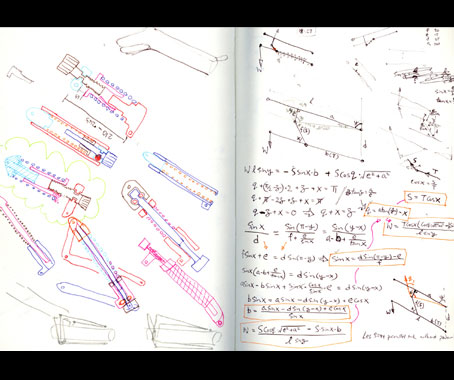
Describe a typical day at the office.
It tends to involve a lot of coffee! We are normally working on around 5 or 6 core design projects at any one time, so it very much depends on the particular stage a project is at. If a design is in the early phase this could involve spending time in the workshop making a physical POP model (proof of principal) to check aesthetics and proportions of form or to work-up an engineering principle to gain better understanding of how a design might function.
If the project is at the latter end it could involve more detailed design on 3D CAD to help gain a better understanding of fit and function of each individual part and how they interact with the final assembly.
Using this 3D data we would then make a full scale accurate POP model using our CNC machine or rapid prototyping techniques to make the final components in the correct material. By using these models we can then cycle test the final design to ensure it is fit for purpose before continuing with the design into manufacture.
How has your approach evolved over the years?
The main principles of designing a new product haven’t generally altered over the years; what has changed are the advances in 3D CAD software and the popularity of improving the process by using model making techniques such CNC machining and rapid prototyping techniques.
All these technological advancements ultimately help to speed up the design process and help improve the performance of the final product.
By using additional CAD programs such as FEA (Finite Element Analysis) we can now predict, with more accuracy and confidence, how a part or product will behave and potentially fail due to load fatigue before we invest in costly manufacturing tooling.
Where does the inspiration come from for a new product?
The core of an idea is initiated internally either from market research that we have undertaken, a specific client request or knowledge gained from past products we have worked on.
We are always striving to innovate and overcome new problems in existing and new key areas; this means we are always thinking about what we can do next to improve and add value in new areas.
Technology and the way in which people are using it is also an inspiration for us. The prevalence of touch screen integrated monitors and how that might change the workplace of the future is one example.
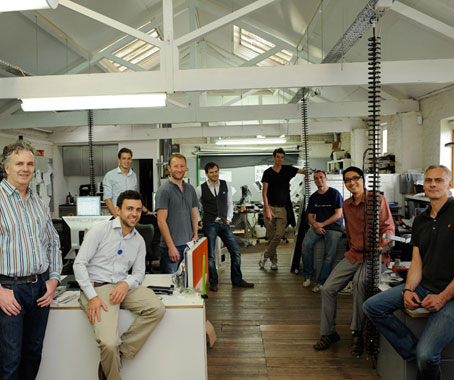
What’s next for CBS?
We are constantly looking at new ways to innovate and improve and plan to be ahead of the competition by researching future technologies and how/what people will be using.
We also have plans to develop new products in key new market sectors that we haven’t yet fully explored. Healthcare is one area; we have just launched a new product called ’Hi1’at Medica in Dusseldorf, which is a long reach hospital infotainment arm.
The arm is designed to attach to a wall over a patient’s bed and enables user access to facilities such as touch screen internet access, films and phone usage. We developed the arm utilising the same patented spring technology (albeit on a much bigger scale!) as our Flo monitor arm.
Colebrook Bosson Saunders
cbsproducts.com.au
INDESIGN is on instagram
Follow @indesignlive
A searchable and comprehensive guide for specifying leading products and their suppliers
Keep up to date with the latest and greatest from our industry BFF's!

Welcomed to the Australian design scene in 2024, Kokuyo is set to redefine collaboration, bringing its unique blend of colour and function to individuals and corporations, designed to be used Any Way!

The undeniable thread connecting Herman Miller and Knoll’s design legacies across the decades now finds its profound physical embodiment at MillerKnoll’s new Design Yard Archives.

For Aidan Mawhinney, the secret ingredient to Living Edge’s success “comes down to people, product and place.” As the brand celebrates a significant 25-year milestone, it’s that commitment to authentic, sustainable design – and the people behind it all – that continues to anchor its legacy.

The CBD and South Melbourne Precinct promises a day of design experiences that balance movement, wellbeing, innovation and hospitality.
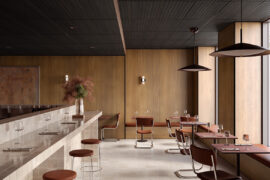
Australian designed and manufactured, Laminex Architectural Panels transform timber design aesthetics with cutting-edge technology
The internet never sleeps! Here's the stuff you might have missed
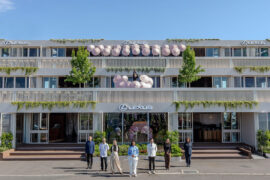
Melbourne interior designer Brahman Perera creates three-level trackside space exploring synthesis of craft and technology.
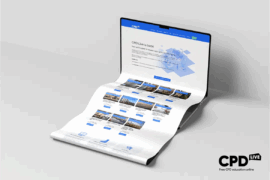
The final day of CPD Live’s 2025 season delivers three must-attend sessions exploring circular design for furniture and fitouts, and the science behind safe, high-quality drinking water. Starting from 9 AM AEDT, 16th October – it’s your last opportunity this year to join our Live CPD sessions and finish 2025 inspired.